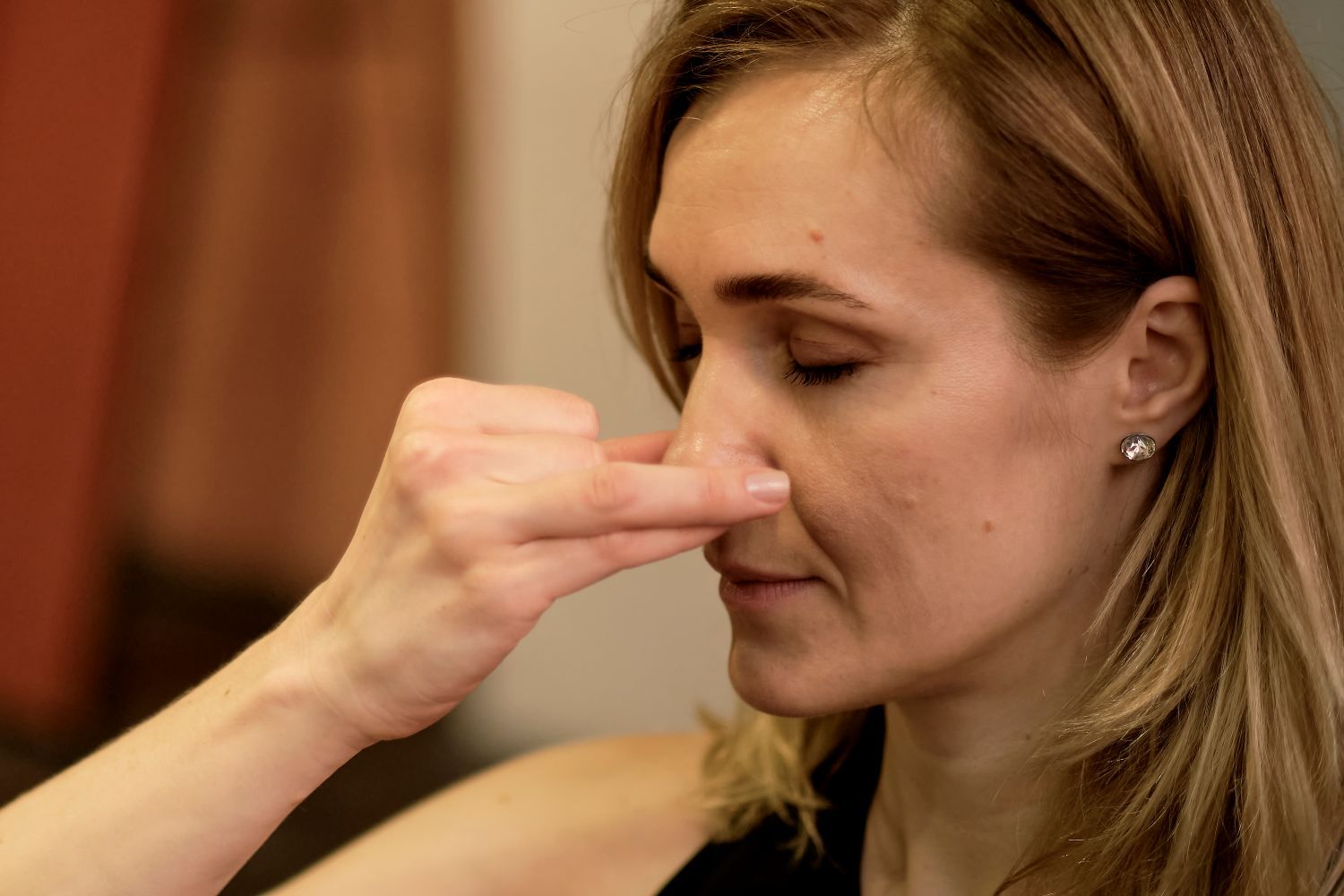Is Bacterial Tonsillitis Contagious?
Tonsillitis, the inflammation of the tonsils, often causes a scratchy or sore throat, making swallowing uncomfortable. It can be a real drag, especially when you're worried about spreading it to others. But is bacterial tonsillitis contagious?
Let's learn more about this infection and whether it is contagious.
Understanding Tonsillitis
The tonsils are two lymph tissue pads located at the back of the throat. They play a role in the immune system, acting as filters to trap bacteria and viruses entering the body through the mouth and nose. However, sometimes the tissue also becomes infected.
Tonsillitis can be caused by viruses or bacteria. Viral tonsillitis is more common and often brings with it the common cold or flu. Bacterial tonsillitis, though less frequent, can be more severe.
Signs and Symptoms
While both viral and bacterial tonsillitis cause a sore throat, some key differences can help you distinguish between the two:
- Fever: A high fever (above 100.4 °F) is more common with bacterial tonsillitis.
- Swollen Lymph Nodes: Tender and swollen lymph nodes in the neck are more indicative of bacterial tonsillitis.
- Pus on Tonsils: White or yellow pus patches on the tonsils is a strong sign of bacterial infection.
- Stomach Pain: Sometimes, you may also experience nausea or vomiting.
Does Bacterial Tonsilitis Spread Easily?
Streptococcus pyogenes, the bacteria that causes bacterial tonsillitis, can spread from person to person through direct contact with respiratory droplets. This usually occurs when an infected person coughs or sneezes. Sharing utensils, drinks, or other personal items can also transmit the bacteria.
How Does Bacterial Tonsillitis Spread?
It spreads through airborne droplets. When an infected person coughs or sneezes, tiny drops containing the bacteria are released into the air. Others can inhale these, leading to infection. Additionally, touching surfaces contaminated with bacteria and then touching the mouth or nose can cause the infection to spread.
How Long Are You Contagious?
You can spread the infection one to two days before symptoms appear and until your symptoms subside. Once you've started taking antibiotics, you're typically no longer contagious after 24 hours.
Prevention of Bacterial Tonsillitis
To safeguard yourself from this condition, you need to have good hygiene practices. Here are some tips:
- Wash hands regularly with soap and water.
- Avoid close contact with infected individuals.
- Do not share personal items like utensils, cups, or toothbrushes.
- Cover the mouth and nose with a tissue or elbow when coughing or sneezing.
- Disinfect commonly touched surfaces regularly.
Treatment Options
If you suspect you are infected with tonsillitis, it is important to see a doctor. Treatment usually involves antibiotics to fight the bacterial infection. Completing the full course of antibiotics is necessary, even if symptoms improve before finishing the medication. This helps to ensure that the infection is entirely eradicated and reduces the risk of complications.
Possible Complications
Untreated bacterial tonsillitis can lead to several complications. These include abscess formation around the tonsils, the spread of the infection to surrounding tissues, and rheumatic fever, which can affect the heart, joints, and nervous system. Timely treatment can prevent these serious health issues.
Are you worried about a sore throat or swollen glands? Bacterial tonsillitis can cause discomfort and disrupt your daily life. ENT Medical and Surgical Group offers expert diagnosis and treatment plans to get you feeling better. Contact us today, and let our experienced team help you overcome this condition!













